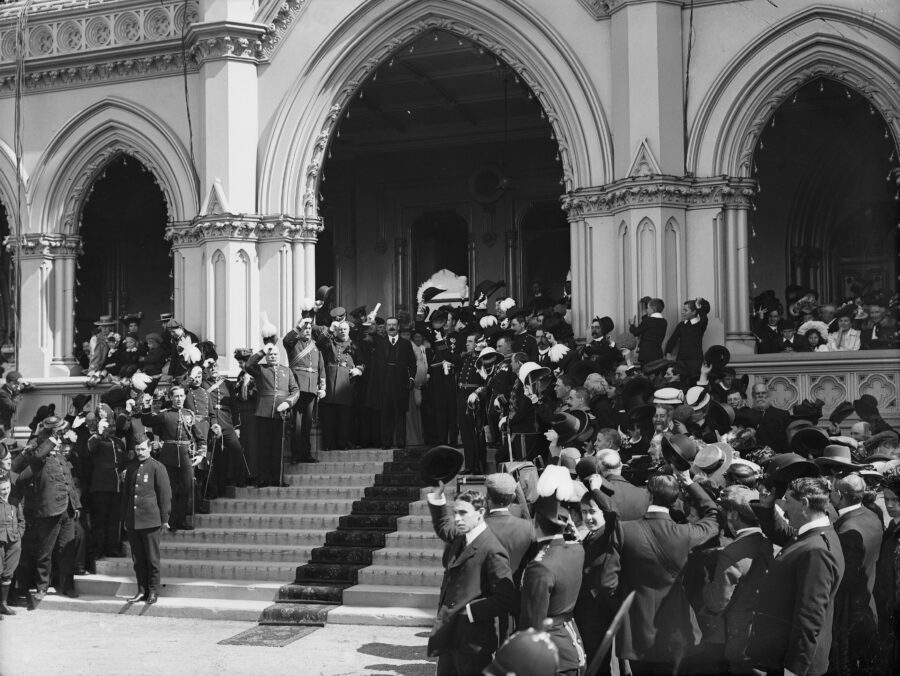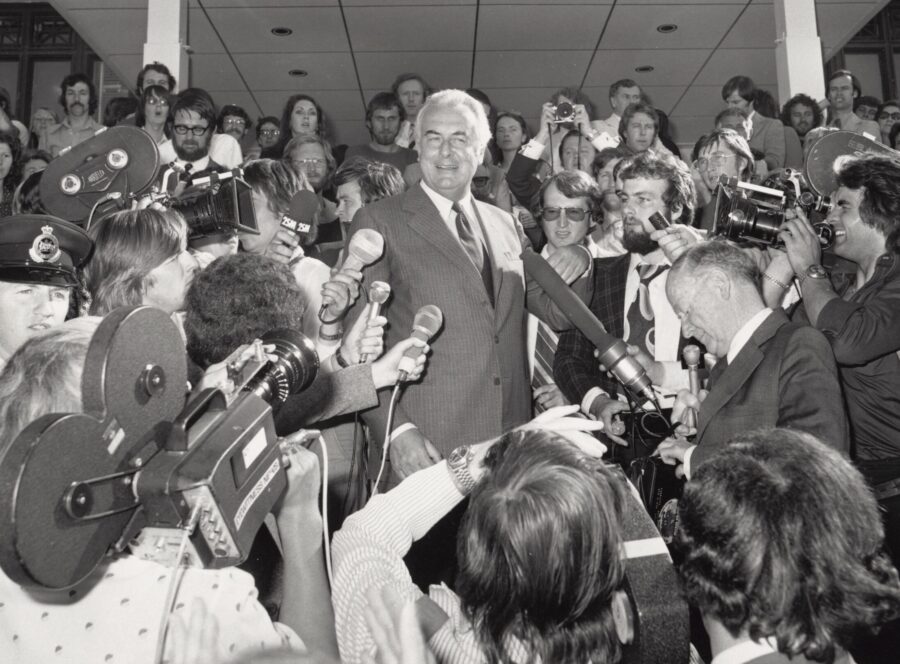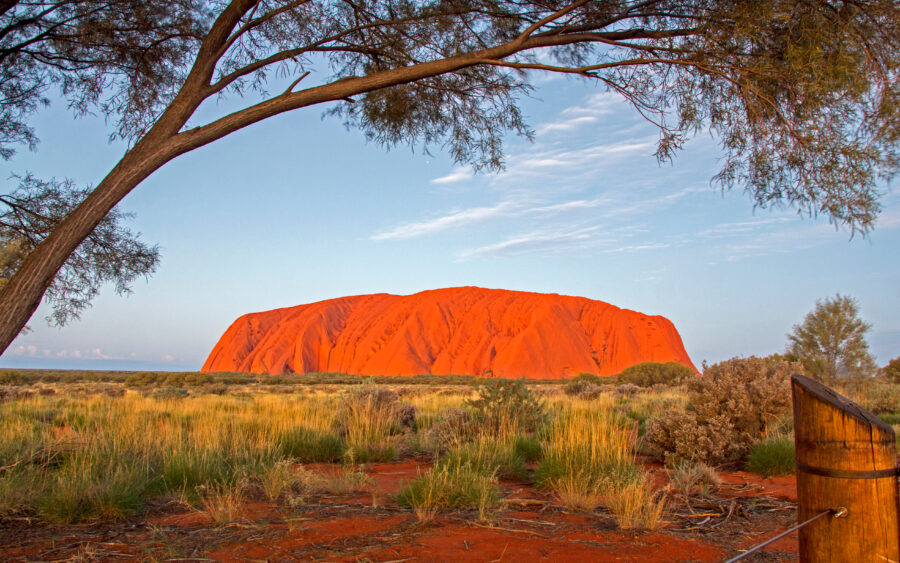Defining Moments in Australian History: The New Zealand colony separates from New South Wales

From our shared ANZAC history to cheeky banter traded across the ditch, Australia and New Zealand have long had a sibling relationship. For a few months from January 1840, our connection was even closer: New Zealand was an extension of the New South Wales colony.
Before this formal relationship, however, the two British outposts had entertained a decades-long association that began in 1788 with a sweeping proclamation from governor Arthur Phillip, defining the boundaries of the NSW colony.
This extended from Cape York, in Queensland, to South Cape, in Tasmania, encompassing all land west
to 135 degrees longitude (just east of Alice Springs) and “including all the islands adjacent in the Pacific Ocean”.
For Phillip, NSW’s first governor, and his successors, this vague definition incorporated NZ. As a result, it became a de facto chunk of NSW territory. Governors encouraged economic and cultural activities
across the Tasman. This included supporting a Church Missionary Society presence and appointing
NZ’s first Justice of the Peace, Thomas Kendall, in 1814.
Circumstances shifted in the 1830s, with NSW residents going unpunished for nefarious incidents in NZ, highlighting the legal difficulties of controlling the activities of British subjects there. A growing humanitarian movement also became concerned about the fate of the M–aori people after land-grabs and a huge influx of British settlers. The time had come for the Crown to take control.
On 15 June 1839, official word came from London modifying the boundaries of NSW. The southern colony would now include “any territory which is or may be acquired in sovereignty by Her Majesty…within that group of Islands in the Pacific Ocean, commonly called New Zealand”.
This set the stage for newly appointed consul William Hobson to obtain sovereignty with M–aori consent. But before Hobson had even arrived in NZ or spoken to any M–aori chiefs, he was also appointed the country’s lieutenant-governor.
On his way there, Hobson visited NSW governor Sir George Gipps, who swore him in to his new role
and proclaimed that the jurisdiction of the NSW governor now officially extended to NZ.
On 6 February 1840, more than 40 M–aori chiefs signed te Tiriti o Waitangi, the Treaty of Waitangi. This laid the foundation for Hobson’s later official proclamation of British sovereignty over NZ on 21 May 1840. Less than a month later, on 16 June 1840, the Legislative Council of NSW passed an Act extending NSW laws to NZ as well as establishing courts and customs duties.
However, this was only ever intended to be a temporary arrangement. The Charter for Erecting the Colony of New Zealand was issued on 16 November 1840. Although, as notification did not reach New Zealand until 1841, it took some months for the separation from New South Wales to be formally completed.
In this way, the brief coupling of NZ and NSW ended. Later in the 1890s, NZ was invited to join the nascent Federation of Australia. It declined, partly out of concern for the welfare of the M–aori.
Nonetheless, the Australian constitution still contains a clause allowing NZ to merge with Australia – just in case it decides it would like to become the seventh state of the lucky country.
‘Defining Moments in Australian History: The New Zealand colony separates from New South Wales’ forms part of the National Museum of Australia’s Defining Moments in Australian History project.




